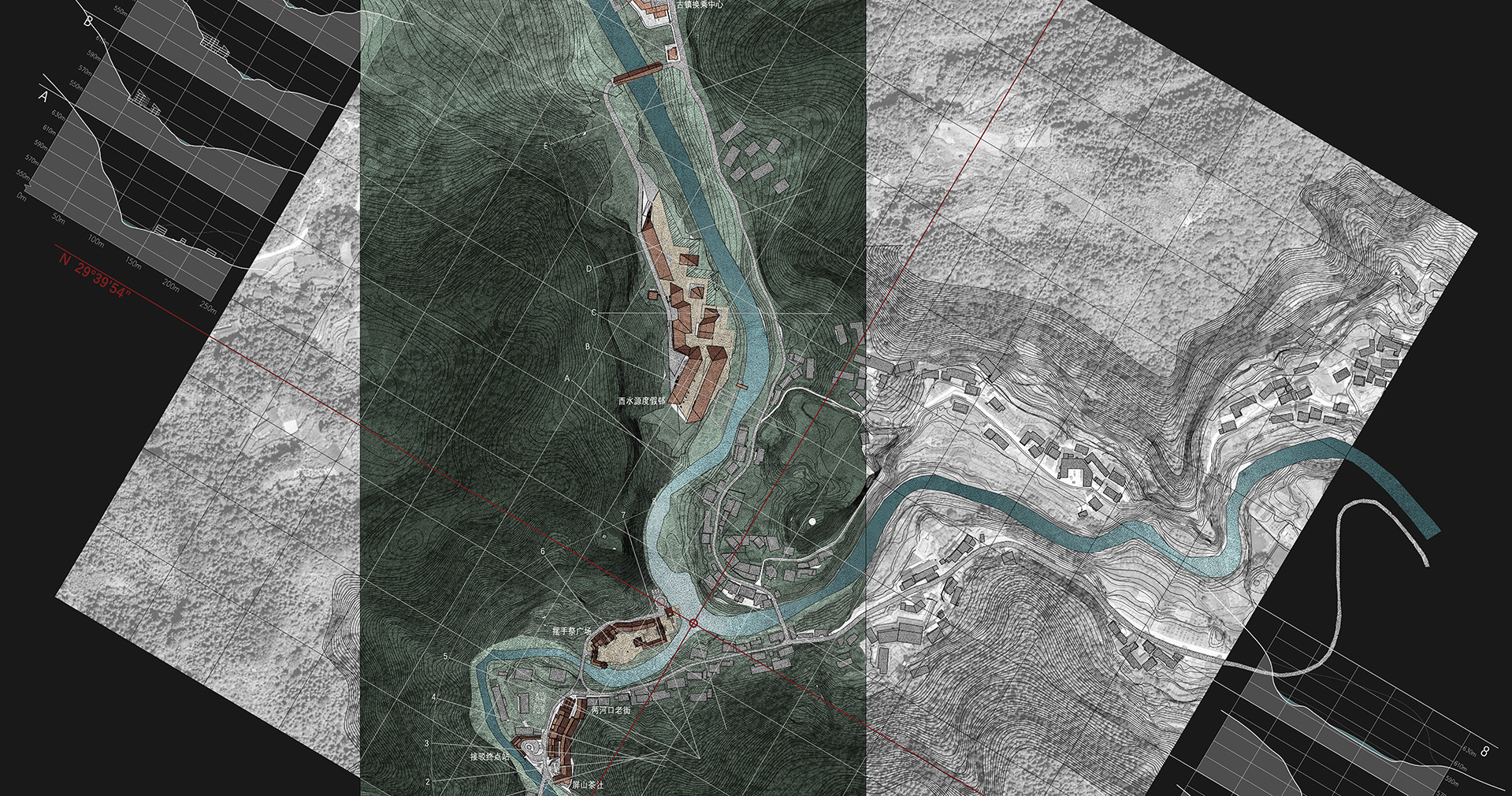Description of the research preparation about the urban function space response strategy urban emergency management manual for epidemic situation
From the end of 2019 till now, the outbreak of 2019 Coronavirus Disease (COVID-19) has become a worldwide epidemic. WHO announced it as “Public Health Emergency of International Concern” on 31 Jan. 2020, and “Pandemic” on 11 Mar. 2020. After a period of distress, the domestic outbreaks in China is largely brought under control at present. Chinese health authority said in 20 Mar. 2020 that it received reports of 0 newly confirmed local cases but with 39 imported. Since beginning of 2020, a total of 80,894 confirmed has been reported in mainland China, and 3,237 died.
Today, more countries are suffering from the epidemic with rapidly increasing confirmed cases. And different response strategies are taken in different countries. As for China, a combined top-down and bottom-up approach works well during the whole process against the epidemic. Different levels of governmental departments, medical facilities, cities and communities work all together closely using all available resources efficiently in order to quickly enter a state of anti-epidemic battle.
Meanwhile it shows a different picture in some other countries that the government policies tend to rely more on the publics. For instance, Herd Immunity” or Horde Mode had been introduced as a possible way seeking for a steady development of epidemic in a society during a longer period of time. Whether it’s true or not, the basic conception of this might be for maintaining the normal operating condition of the present social, economic, and medical systems as well as individual life without being exhausted during the epidemic. The big advantage of this may be that the socio-economic order seems to be less chaotic, yet the pandemic will cause slow and protracted stress. However, as a soar on infection number occurs and new modelling released by medical experts in the last weeks, most of the governments realize that it is time to take the arguably most drastic steps.
There may also be more combinations between state intervention and laissez-faire policies. In many cases, city is the center of stricken area, and also the center of disaster relief. A city is a huge complex system that holds human daily life and various spatial functions. The functional-space structure of a city, which has been long developed during its historical period, should be able to meet its needs of daily operation, and be continuously optimized along with the development and transformation of the city. This is a continuous, progressive and stable urban evolution process.
Entering 2020, with the sudden emergence of COVID-19, we found that many modern cities still lack of the basic capacity responding to emergencies and disasters. As a matter of fact, Sustainable Development Goal (SDGs) formulated by the United Nation in 2016 already involved the contents of urban safety, health, sanitation, sustainability, and emergency in response to environment issues.
From a medical perspective, it is crucial to test the susceptible population, to quarantine the suspected cases, and to offer treatment to the infected and confirmed, as well as to block the transmission route within the most limited time and space. In that way, the urban function-spatial structure should be adjusted accordingly, to convert from maintaining urban daily operation to meeting the demands of both daily life and that of responding to the epidemic. This might affect the normal life of some people, but the failure to suppress the spread will result in severe toll.
Therefore, when dealing with a dangerous infectious disease such as COVID-19, both the state and the city governments need to make correct policy choices in a timely manner, and more importantly, everyone needs to make choices that are in line with the common interests of society. Only when the city and the individual's will and strength form a joint force can the epidemic be effectively overcome.
Accordingly, in reaction to what functional-spatial urgent actions should be taken by cities in response to COVID-19, this manual combines some experiences in China to make some responses.







